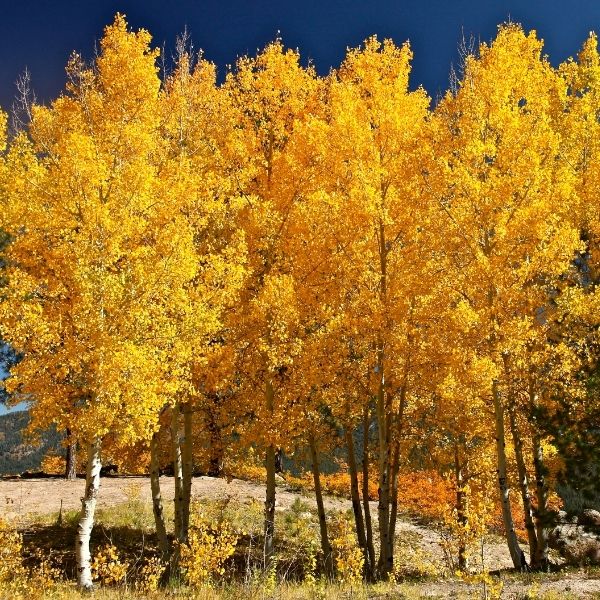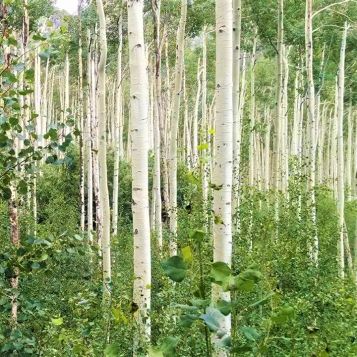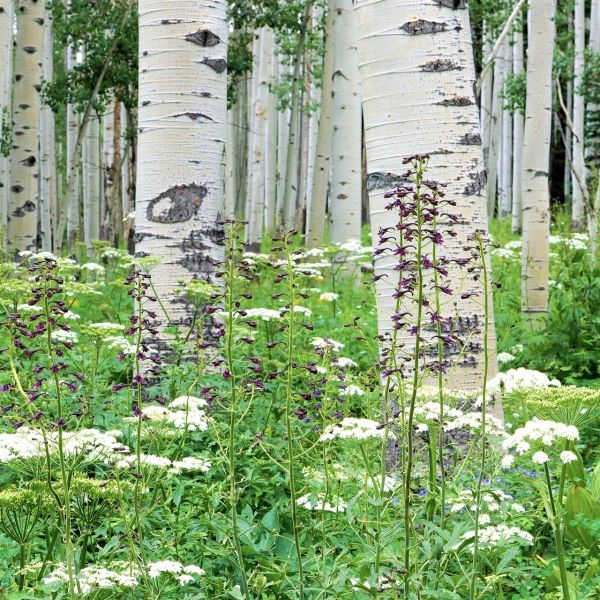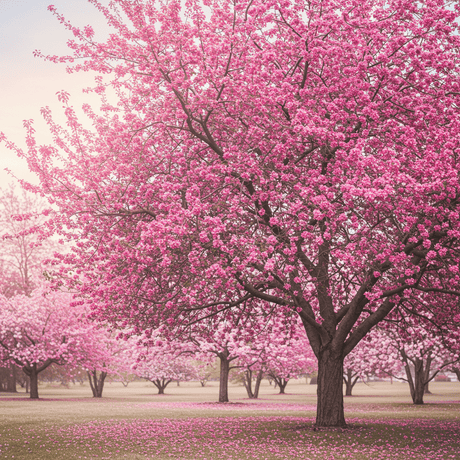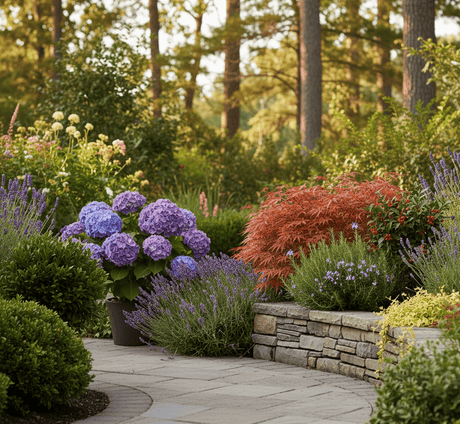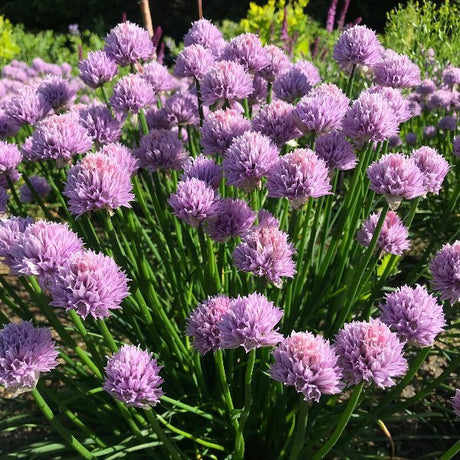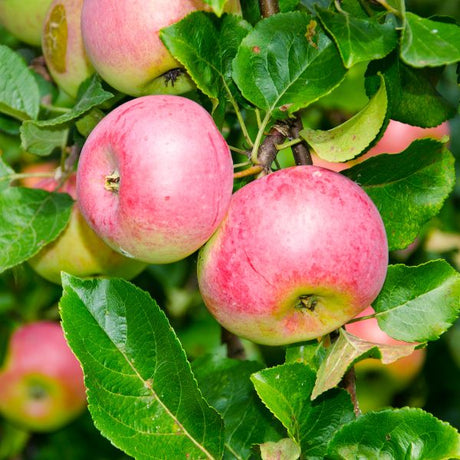Quaking Aspen Tree
Populus tremuloides 'Quaking'
- Stay Protected with Plant Sentry ™
Quaking Aspen Tree - #1 Container 2-3 Feet is backordered and will ship as soon as it is back in stock.
Plant Sentry™
Plant Sentry™

Plant Sentry™ Protected
Your order is protected by our compliance system that:
- Prevents restricted plants from shipping to your state
- Ensures plants meet your state's agricultural requirements
- Protects gardens from invasive pests and diseases
Delivery and Shipping
Delivery and Shipping
Delivery and Shipping
Fast, Safe Plant Delivery
Ships in 3-4 business days • Tracking provided • Weather protected
| Under $50 | $9.99 |
| $50 - $99.99 | $14.99 |
| $100 - $149.99 | $16.99 |
| $150 - $198.99 | $24.99 |
| $199+ | FREE |
✓ Zone-specific timing • ✓ Professional packaging • ✓ Health guarantee
Understanding Plant Options
Nature Hills offers plants in two main formats:
- Container Plants: Grown in pots with soil, sized by container volume and plant age
- Bare Root Plants: Dormant plants without soil, sized by height measurements
Container Plant Sizes
Container sizes indicate plant age and growing capacity rather than liquid volume equivalents. Our containers follow industry-standard nursery "trade gallon" specifications, which differ from standard liquid gallon measurements.
Young Plants (6 months to 18 months old)
| Container Size | Actual Volume | Metric Equivalent |
|---|---|---|
| 2" x 2" x 3" | 0.18 - 0.21 dry quarts | 0.20 - 0.23 dry liters |
| 4" Container | 0.31 - 0.87 dry quarts | 0.35 - 0.96 dry liters |
| 4.5" Container | 0.65 dry quarts | 0.72 dry liters |
| 6" Container | 1.4 dry quarts | 1.59 dry liters |
| 1 Quart | 1 dry quart | 1.1 dry liters |
| 5.5" Container | 1.89 dry quarts | 2.08 dry liters |
Established Plants (18 months to 2.5 years old)
| Container Size | Actual Volume | Metric Equivalent |
|---|---|---|
| 2 Quart | 2 dry quarts | 2.2 dry liters |
| #1 Container | 2.26 - 3.73 dry quarts | 2.49 - 4.11 dry liters |
| 5" x 5" x 12" | 3.5 - 4.3 dry quarts | 3.85 - 4.74 dry liters |
Mature Plants (2-4 years old)
| Container Size | Actual Volume | Metric Equivalent |
|---|---|---|
| #2 Container | 1.19 - 1.76 dry gallons | 5.24 - 7.75 dry liters |
| #3 Container | 2.15 - 2.76 dry gallons | 8.14 - 12.16 dry liters |
Large Plants (3-5 years old)
| Container Size | Actual Volume | Metric Equivalent |
|---|---|---|
| #5 Container | 2.92 - 4.62 dry gallons | 12.86 - 20.35 dry liters |
| #6 Container | 5.25 - 6.01 dry gallons | 23.12 - 26.42 dry liters |
| #7 Container | 5.98 - 6.53 dry gallons | 26.34 - 28.76 dry liters |
Bare Root Plants
Bare root plants are sold by height from the root system to the top of the plant. Plants may exceed minimum height requirements.
Common Sizes:
- Trees: 1 foot, 2 feet, 3 feet, 4 feet, 5 feet, 6 feet
- Shrubs & Perennials: 1 foot, 18 inches, 2 feet
Important Notes
Container Volume Specifications
- Trade Gallon Standard: Our containers follow industry-standard "trade gallon" specifications established by the American National Standards Institute (ANSI Z60.1) for nursery stock
- Volume Variations: Actual soil volume may vary due to plant root systems and growing medium settlement
- Age Indicators: Container size primarily indicates plant age and maturity rather than liquid volume equivalents
Growing Conditions
- Plant size can vary based on variety and growing conditions
- Container size helps indicate plant maturity and establishment level
- Larger containers generally mean more established root systems and faster landscape establishment
Seasonal Availability
- Bare root plants are available seasonally when dormant
- Container plants are available throughout the growing season
- Specific varieties may have limited availability in certain sizes
Questions?
For questions about specific plant sizes or availability, please contact our plant experts who can help you choose the right size for your landscape needs.
Plant Highlights
Quaking Aspen Tree highlights at a glance!
-
Plant Class
-
Botanical Name
-
Brand
-
Growing Zones2, 3, 4, 5, 6
-
Growth RateFast
-
Mature Height
-
Mature Width
-
Leaf Color
-
Fall Color
-
NativeYes
-
Pollinator Required
-
Bloom PeriodEarly Spring
Characteristics
Where To Plant
When To Prune
- Late Winter
Water & Moisture Needs
- Moderate
Sunlight Needs
Soil Needs
- Widely Adaptable
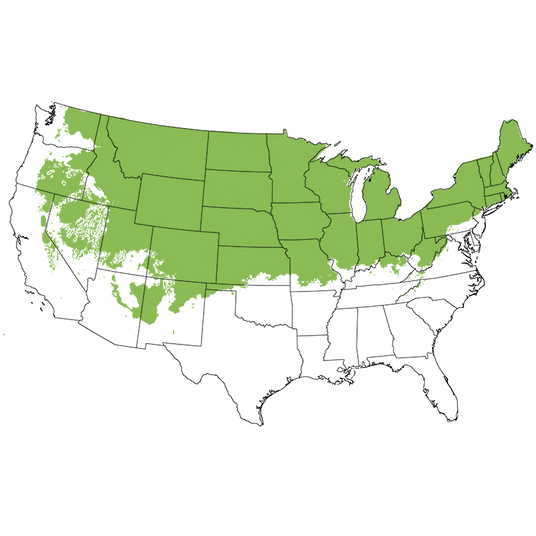
Growing Zones 2-6
Gorgeous Quaking Aspen Tree | Nature Hills
Bring the wild beauty of the mountains home with the Quaking Aspen Tree (Populus tremuloides) - a fast-growing, cold-hardy native with iconic white bark and fluttering heart-shaped leaves. This long-lived, pyramidal tree captures attention with its soothing motion and musical rustle, creating a living soundscape right in your meditation garden.
Often called America’s most widely distributed tree, Quaking Aspen (also known as Trembling Aspen) dances in the lightest breeze, its glossy green leaves shimmering like coins in sunlight. Come autumn, its foliage turns a brilliant, glowing yellow - sometimes edged with orange or red - turning your landscape into a breathtaking fall scene. With its smooth chalky-white bark and historical medicinal uses, Aspen is a tree of beauty, resilience, and legend!
Native to most of North America, this beloved pioneer species naturally colonizes open meadows and high elevations, supporting wildlife while adding drama, movement, and sound to your landscape design. There’s simply no substitute for the whispering grace of an Aspen grove!
Key Features
- Fast-growing native tree with heart-shaped leaves
- Distinctive white bark and pyramidal form
- Brilliant yellow-gold fall color
- Adds sound, motion, and texture to landscapes
- Cold hardy from USDA Zones 2-6
- Supports deer, elk, grouse, and butterflies
- Historically valued for medicinal and practical uses
- Forms natural groves through root suckers
Landscaping Uses
Perfect for natural landscapes, wildlife gardens, and serene backyard retreats, the Quaking Aspen Tree grows about 40-50 feet tall and 20-30 feet wide. Its soothing rustle and bright bark make it ideal for creating movement, light, and refreshing shade in the landscape. Learn more about using shade trees to cool your world.
- Use as a specimen plant or in naturalized groves
- Plant in clusters to form privacy screens or windbreaks and outdoor rooms
- Accent near water features or mountain-inspired landscapes
- Ideal for cabin, lakefront, or mountain-style designs
- Pair with Northern Red Oak or Deodar Cedar for a stunning mix of texture and color
Care & Maintenance
USDA Growing Zones: 2-6. This hardy, deciduous tree thrives in both cold climates and higher elevations. Learn the right way to water to keep your Aspen healthy and strong. Quaking Aspens are adaptable but prefer cool, moist, well-drained soils and full sun exposure.
- Planting Time: Spring or fall for best root establishment
- Sun Requirements: Full sun for best growth and color
- Soil Requirements: Adaptable to various soils; prefers moist, rich, well-drained soil but tolerates sandy or rocky conditions
- Moisture Needs: Moderate moisture; use the Finger Test to check soil dampness. Young trees need consistent watering their first year
- Mulch: Apply a 3–4 inch mulch layer to conserve moisture and regulate soil temperature
- Fertilization: Use compost or a balanced slow-release tree fertilizer in early spring
- Pruning: Prune in late winter to remove dead or damaged wood; suckers can be mowed or trimmed as needed (learn about pruning suckers)
- Special Perks: Cold-hardy, wildlife-friendly, pollution-tolerant, fast-growing, and low maintenance
Don’t forget to order your Nature Hills Root Booster for long-lasting root health and mycorrhizal support.
Let Your Landscape Quake With Beauty
Add life, sound, and motion to your garden with the timeless Quaking Aspen Tree. From its iconic white bark to its golden fall glow, it’s a true four-season treasure. Create your own peaceful Aspen grove and watch Ma Nature perform her magic daily. Order your Quaking Aspen Tree today from Nature Hills and let the whisper of its leaves bring tranquility to your yard for decades to come!
Frequently Asked Questions
How fast do Quaking Aspen trees grow?
These trees grow rapidly, often adding 2 feet or more per year under optimal conditions.
Do Quaking Aspen trees spread?
Yes, in natural settings, they can spread by root suckers, forming beautiful groves. In landscapes, they are easily managed with mowing or pruning.
What kind of soil do Quaking Aspen trees need?
They prefer rich, well-drained soil but adapt to sandy, loamy, or rocky types. Consistent moisture helps them thrive.
Are Quaking Aspen good trees for wildlife?
Absolutely! Their buds, bark, and catkins feed deer, elk, grouse, and pollinators like butterflies and moths.
How cold hardy are Quaking Aspen trees?
Extremely! They tolerate temperatures down to USDA Zone 2, making them one of the hardiest native trees in North America.

